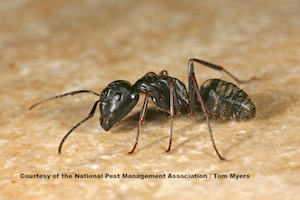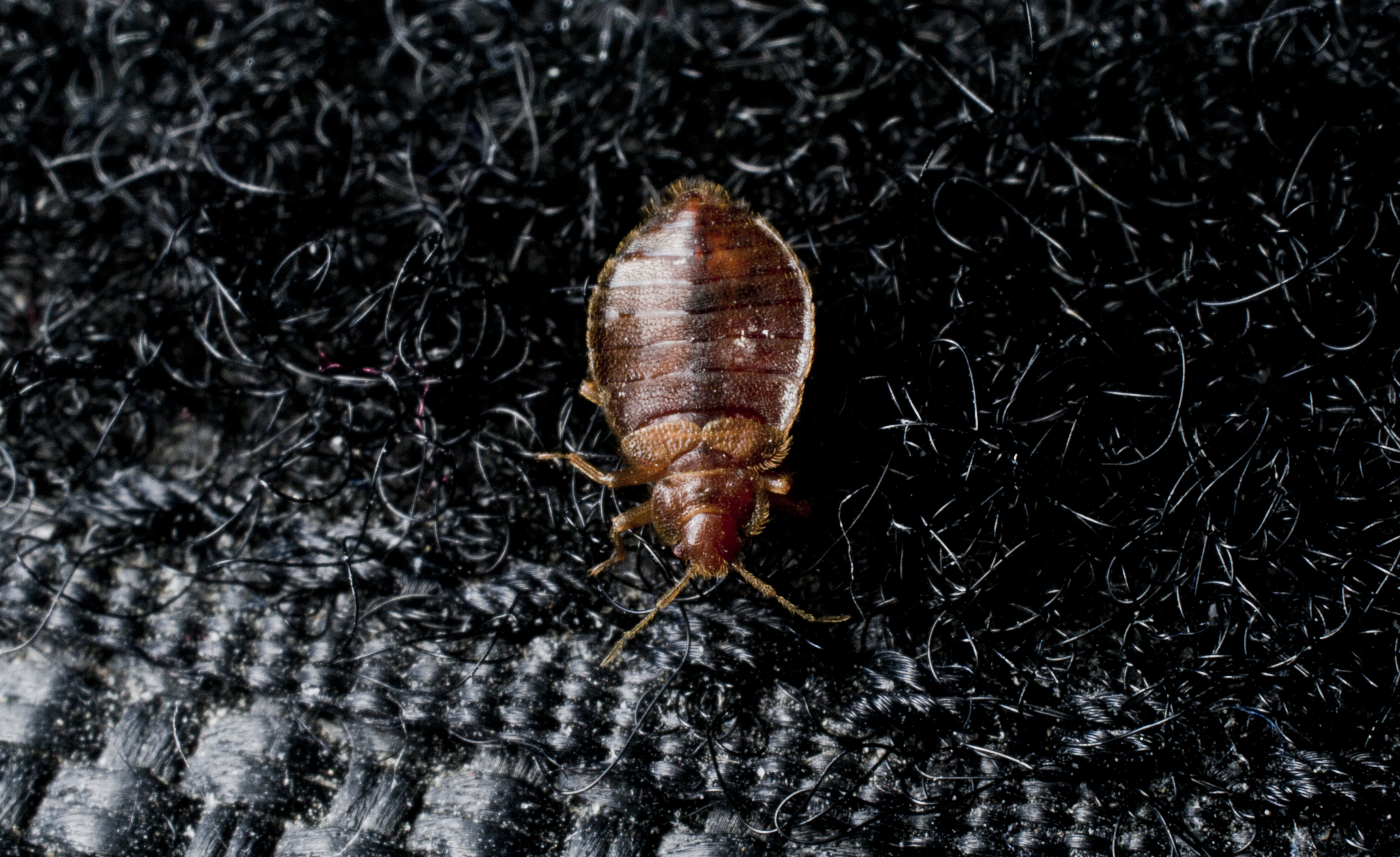Insects from Abroad
Invasive pest species that every American should know about
Insects of foreign origin, commonly called invasive species, are a major concern in the United States. Often, invasive pests do not have natural predators in the U.S. so their populations can grow quickly. Many invasive pests, including some beetles and moth species, pose a major threat to the U.S. agricultural industry as they destroy crops. In fact, the Associated Press, citing a 2004 Cornell University study, put the total annual cost of all invasive species in the country at $120 billion. According to the AP, “much of that burden is borne by consumers in the form of higher food costs and by taxpayers who pay for government eradication programs.”
But some invasive species can also pose threats to American homeowners and families. Formosan termites are one such example. Originally from China, Formosan termites were brought into the U.S. through military cargo shipments after World War II. This termite species is one of the most destructive of the more than 2,000 termite species known to science.
They pose a greater threat than their native counterparts because they form larger colonies and tend to be more aggressive, thus consuming more wood at a much faster rate. Formosan termites are heavy contributors to the $5 billion in annual U.S. property damage caused by all species of termites.
Another problematic invasive pest is the red imported fire ant (RIFA). This ant, native to Brazil, was first introduced to the U.S. in 1933. Today, they can be found throughout the South and in parts of California and other western states.
RIFAs get their common name from their ability to inflict painful bites and stings, which form into raised welts that become white pustules. RIFAs will attack humans who disturb or threaten their nests, and often a person stung by a RIFA receives multiple painful stings from more than one of the ants. Those allergic to insect stings will react more severely. Red imported fire ants and their telltale mound nests should be carefully avoided.
Since arriving from Asia in 1996, brown marmorated stink bugs have also become an increasing nuisance for homeowners in the Eastern U.S. Named for the odor they emit as a defense against predators, stink bugs are especially unpleasant to find indoors.
Stink bugs have the potential to spread throughout the country, which could be harmful to the agricultural industry. Although these smelly pests do not pose serious property or health threats to homeowners, their tendency to invade homes in high numbers can be a nuisance. Adult stink bugs enter homes and other structures in the late fall to seek shelter from the winter weather. They reemerge from overwintering sites in early spring and try to exit, but sometimes enter living spaces instead. Like other overwintering insects, they often congregate on the sides of buildings.
The good news is that, like indigenous species, invasive pest infestations can be curtailed or prevented altogether with some pest proofing know-how. Homeowners should inspect the outside of their home and identify potential pest entry points. Any cracks or crevices on the outside of the home – including around windows, doors and utility pipes – should be sealed with a silicone caulk. Torn or damaged window screen should be repaired, and screens should be installed on attic and crawl space vents.
In addition, homeowners should take steps to reduce moisture in and around their homes, which attracts many pest species. Divert water away from the home’s foundation with properly functioning downspouts, gutters and splash blocks. Reduce humidity in crawl spaces, attics and basements with proper ventilation.
To prevent Formosan termites, store firewood at least 20 feet away from the house and 5 inches off the ground. Maintain a one-inch gap between soil and wood portions of your home, and routinely inspect the foundation of a home for signs of mud tubes, cracked or bubbling paint and wood that sounds hollow when tapped.
Anyone suspecting an invasive pest infestation should contact a pest professional right away. A trained professional will be able to identify the species and recommend a course of treatment to control the infestation before it becomes a major problem. Remember that some invasive pest species, especially Formosan termites, should always be left to the professionals to handle.

Learn About Ants
Ants are a common pest homeowners struggle to eradicate. Learn more about them!

Bed Bug Pest Guide
Traveling this summer? Be sure to keep an eye out for bed bugs! Use our Pest Guide to help identify this pest.

NPMA's What Grows There? Project
Check out NPMA's What Grows There? project to learn how pests, such as flies, cockroaches and rodents, can spread germs throughout a home.
Find a PEST PRO in your area

Learn About Ants
Ants are a common pest homeowners struggle to eradicate. Learn more about them!

Bed Bug Pest Guide
Traveling this summer? Be sure to keep an eye out for bed bugs! Use our Pest Guide to help identify this pest.

NPMA's What Grows There? Project
Check out NPMA's What Grows There? project to learn how pests, such as flies, cockroaches and rodents, can spread germs throughout a home.
